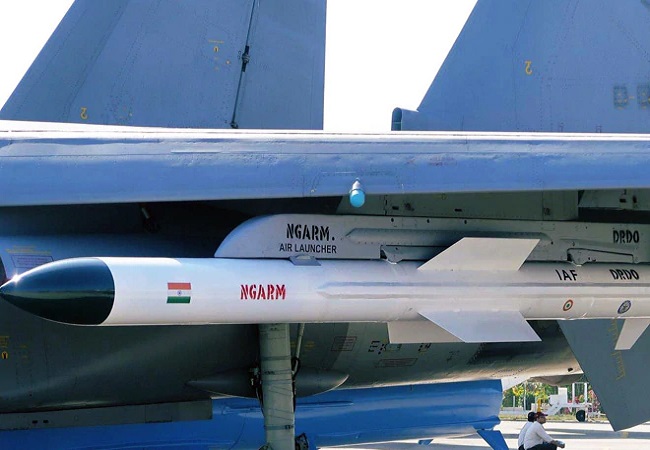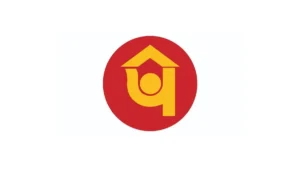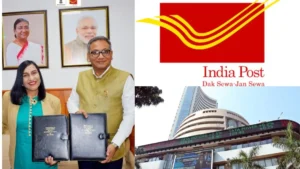
The DRDO has successfully flight-tested a new generation Anti-Radiation Missile (RUDRAM-1) at the Wheeler Island off the coast of Odisha. The missile was launched from SU-30 Mk1 fighter aircraft. The missile, having a speed of Mach two or twice the speed of sound, is capable of bringing down a wide-range of enemy radar systems, communication networks and air defence systems within a range of up to 250 kilometres.
About RUDRAM:
- The RUDRAM is a first indigenous anti-radiation missile of the country for Indian Air Force (IAF), being developed by Defence Research and Development Organisation (DRDO).
- With this, the country has established indigenous capability to develop long-range air-launched anti-radiation missiles for neutralising enemy Radars, communication sites and other RF emitting targets.
- It has INS-GPS navigation with Passive Homing Head for the final attack. The RUDRAM hit the radiation target with pin-point accuracy.
- The Passive Homing Head can detect, classify and engage targets over a wide band of frequencies as programmed.
- The missile is a potent weapon for IAF for Suppression of Enemy Air Defence effectively from large stand-off ranges.



 PNB Housing Finance Appoints Ajai Kumar ...
PNB Housing Finance Appoints Ajai Kumar ...
 Department of Posts and BSE Sign MoU to ...
Department of Posts and BSE Sign MoU to ...
 Retail Inflation Rises Slightly to 0.71%...
Retail Inflation Rises Slightly to 0.71%...







